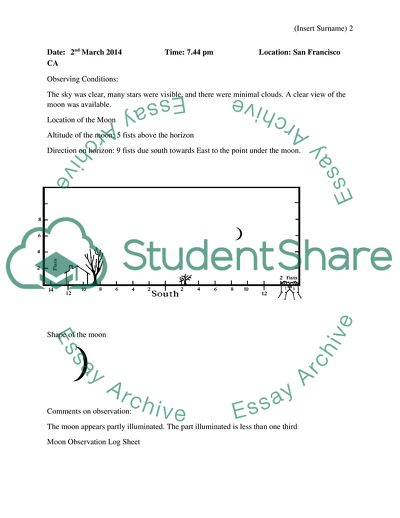Cite this document
(Moon Observations Project Lab Report Example | Topics and Well Written Essays - 1750 words, n.d.)
Moon Observations Project Lab Report Example | Topics and Well Written Essays - 1750 words. https://studentshare.org/astronomy/1825830-moon-observations-project
Moon Observations Project Lab Report Example | Topics and Well Written Essays - 1750 words. https://studentshare.org/astronomy/1825830-moon-observations-project
(Moon Observations Project Lab Report Example | Topics and Well Written Essays - 1750 Words)
Moon Observations Project Lab Report Example | Topics and Well Written Essays - 1750 Words. https://studentshare.org/astronomy/1825830-moon-observations-project.
Moon Observations Project Lab Report Example | Topics and Well Written Essays - 1750 Words. https://studentshare.org/astronomy/1825830-moon-observations-project.
“Moon Observations Project Lab Report Example | Topics and Well Written Essays - 1750 Words”. https://studentshare.org/astronomy/1825830-moon-observations-project.


